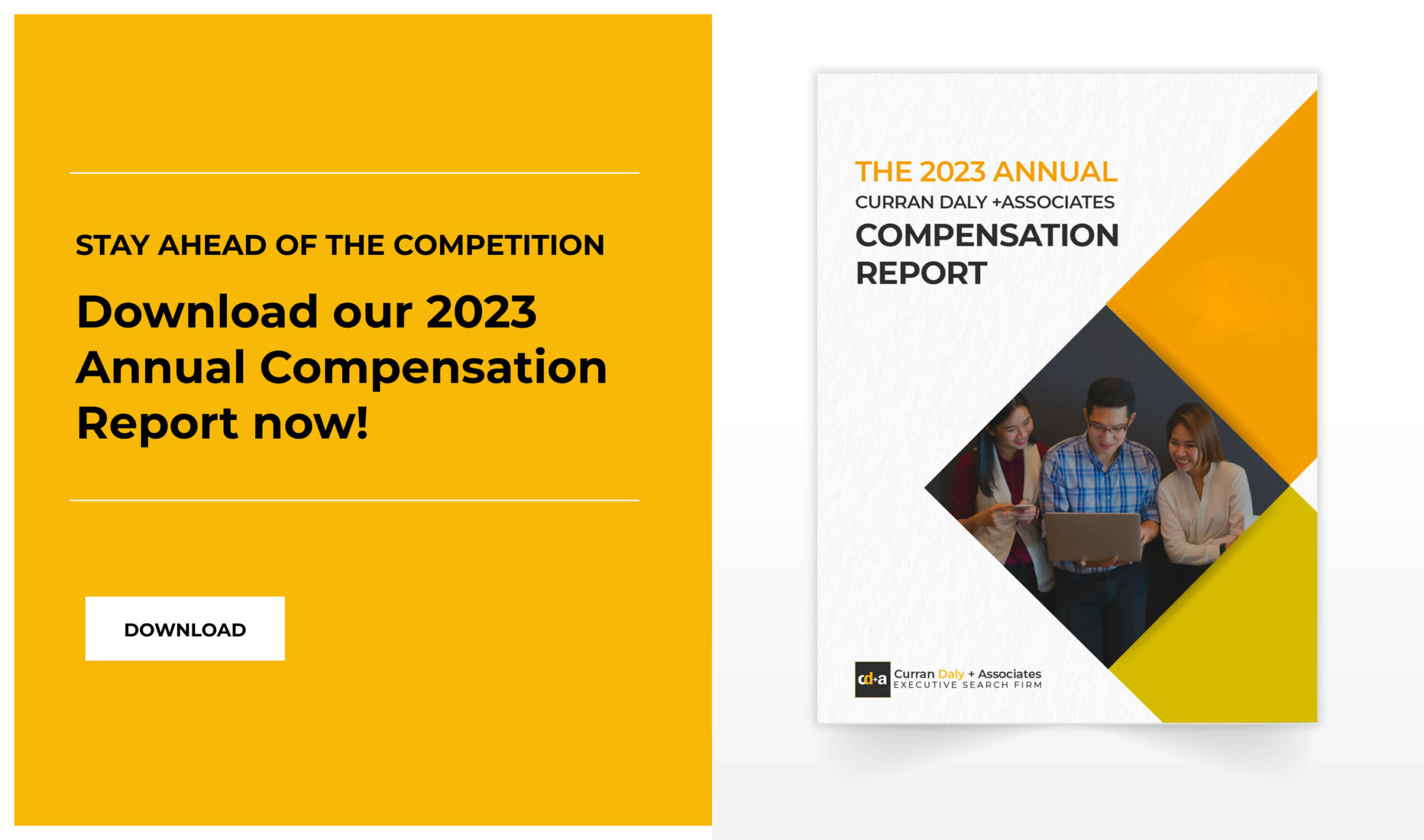The days of reactive recruiting are done. Gone are the days when companies only hire people simply because of an immediate vacancy or a specific job need.
Organizations with a robust recruitment strategy go beyond assessing candidates against their job requirements and conducting the standard interview procedures. Today, recruitment is all about integrating talent acquisition in everything.
Any organization that wants to have an effective recruitment process needs to think about their overall talent acquisition strategy, including their employer branding and social media recruitment campaigns. Companies today are even investing in talent acquisition and recruitment services to gain the upper hand among competitors.
The Future of Recruitment
Today’s candidate-driven market has made it even more challenging for organizations to find the best talent in their respective industries. Employment trends have favored candidates over the past three to five years.
Candidates understand that there are enough jobs in the market to make them take the risk of not accepting the first job offer that comes their way. Candidates these days do not get easily swayed by a hefty signing bonus. Besides a generous paycheck, they also take so many other things into consideration before accepting job offers.
Human Resource Dynamics CEO John Slavich, a US-based HR solutions provider, noted in an article that, “More than 90 percent of organizations reported that their senior leaders believe that outstanding talent is essential to competitive advantage.”
Thus, leveraging on an effective recruitment strategy has now become a critical success or failure factor in today’s business environment. Organizations today are faced with so many challenges as they try to come up with an effective strategy to recruit and manage their workforce.
There is greater cultural diversity in today’s labor market as companies become more and more globalized. Mergers and acquisitions, reorganizations, outsourcing, and an aging workforce have led to a shortage of skills in critical roles in the organization.
All these factors have resulted in a fierce competition to recruit and retain talent in the workplace. The so-called “War for Talent” is said to be one of the biggest challenges that organizations will face over the next decade. However, despite all these tell-tale signs in today’s labor market, some organizations are still not prepared to face the music.
Companies need to realize that strategic recruitment has never been more crucial in this day and age. Recruitment is an ongoing cyclical process that involves continuous sourcing, networking, branding, and relationship building. All these are needed to get the best talent pool for the company.
Organizations need to veer away from their old and traditional recruitment mindset from several decades ago. Today, recruitment is no longer about relying solely on job descriptions and just filling vacant positions. Everything must now revolve around building careers and achieving strategic goals for the company.
Getting on board with the latest recruitment trends
As the candidate-driven labor market continues to tighten, companies need to implement innovative recruitment strategies to attract top-notch talent and then ultimately, hire the best one.
Here are the top recruitment trends that will dominate the industry over the next few years:
TREND 1: Shifting to data-based decision making in recruiting.
Organizations today are now getting more accustomed to collecting data for recruitment metrics. However, companies would rarely use the data to make significant changes after collecting them.
Data-based decision-making has been adopted in major tech industries lately, and it won’t be too long until the recruitment industry starts to follow suit. Compared to the usual intuitive decisions, data-based decisions can be at least 25 percent better. Data can reveal better employer branding information that can attract top-notch applicants. It can also quantify a company’s new hire failure rates to structure interview questions that will accurately identify future top performers.
TREND 2: The ever-increasing reliance on employee referrals.
Companies with a robust recruitment platform are said to be getting nearly 50 percent of their hires from employee referrals. This is why employee referrals still remain as one of the most reliable recruitment strategies today. Organizations need to invest time and resources in maximizing the quality of hire from their own employee referral program. These corporate referral programs are not self-managing. It would be best if the company’s recruitment team will continually benchmark, update, and improve the referral programs every quarter or even as often as necessary.
TREND 3: Increasing new hire quality by hastening the hiring process.
In today’s candidate-driven market, talented applicants tend to drop out of the hiring process in a span of ten days. These are the candidates that will most likely receive other offers and won’t wait around. Companies need to recognize the urgency of the labor market today. They need to remember that every vacant position is a revenue-generating role. Thus, a company’s revenue will be lost if slow hiring decisions will keep the position vacant for so long.
TREND 4: Mobile recruiting applications and communications.
A smartphone has the highest response rate of any communication channel. As such, it should become the primary method for communicating with candidates. Any robust recruitment strategy should be mobile-ready. Companies must make it easy for applicants to reach them. They must offer the option to complete a job application with smartphones to prevent application drop-off rates from skyrocketing.
TREND 5: Improving the “selling” capability of your company’s job description.
Top-notch candidates who were initially interested in the vacancy will often change their minds after they have read an organization’s job description. This can lead to a domino effect since misleading job descriptions can also be the cause of increasing new hire turnover rates. When the job described is entirely different from the job they discovered, candidates would tend to abandon ship immediately.
TREND 6: Video becoming more prominent in recruitment messaging.
The high impact of video usage on recruitment is set to increase over the next few years. Videos are often used to excite and hype up the organization to the applicants. With the rampant availability of smartphones, recruiters and hiring managers can now make personalized recruitment videos to applicants. Video job descriptions and even job offers on video are said to have a profound impact on selling to candidates. Even simple “How-to” videos on Youtube are proving to be a great attraction tool.
TREND 7: Finding talent becoming easier with technology, but selling to talent will be more difficult.
The Internet has made it possible to find almost anyone qualified to do a job. Today, the most challenging phase of recruiting will be about candidate attraction. This is the “selling” factor of the recruitment process. To be able to stand out, organizations must develop stronger selling skills from the competition. They should be able to convince top talents to apply, to come to multiple interviews, and to ultimately accept job offers.
TREND 8: Anonymous CV screening and blind interviewing will gain more traction.
As an increasingly more scientific approach to recruitment emerges in the industry, more and more organizations are starting to recognize that there are significant unconscious biases that hiring managers and recruiters have. To overcome these biases, some organizations are deliberately removing background information that has not been proven to be valid predictors of new hire success from the CVs presented to the hiring managers.
Let us help you find the recruitment trends that work for you.
Failing to prepare for any of these recruitment trends might require an organization to play “catch up” from its competitors. It’s important to remember that the recruitment strategies that worked in the past may no longer produce optimum results in today’s ever-changing labor market.
Curran Daly & Associates are here to help you find the best executive talent for your company. With our vast network across Asia and the Pacific, we can leverage on the latest recruitment trends to help you search for the hard-to-find business leaders for your company. Partner with us to learn more!
References:
SAUNDERSON, R. (2017). Talent That Fits Like a Glove. Training, 54(1), 124–126. Retrieved from http://search.ebscohost.com/login.aspx?direct=true&db=heh&AN=121085700&site=ehost-live
Slavich, J. A. (2011). Talent Management: The Key to Economic Recovery. South Carolina Business, 32(3), 24. Retrieved from http://search.ebscohost.com/login.aspx?direct=true&db=heh&AN=60794421&site=ehost-live
SULLIVAN, J. (2016). Keeping up with Recruiting Trends. Recruiter, 12–14. Retrieved from http://search.ebscohost.com/login.aspx?direct=true&db=bth&AN=113414986&site=ehost-live









0 Comments